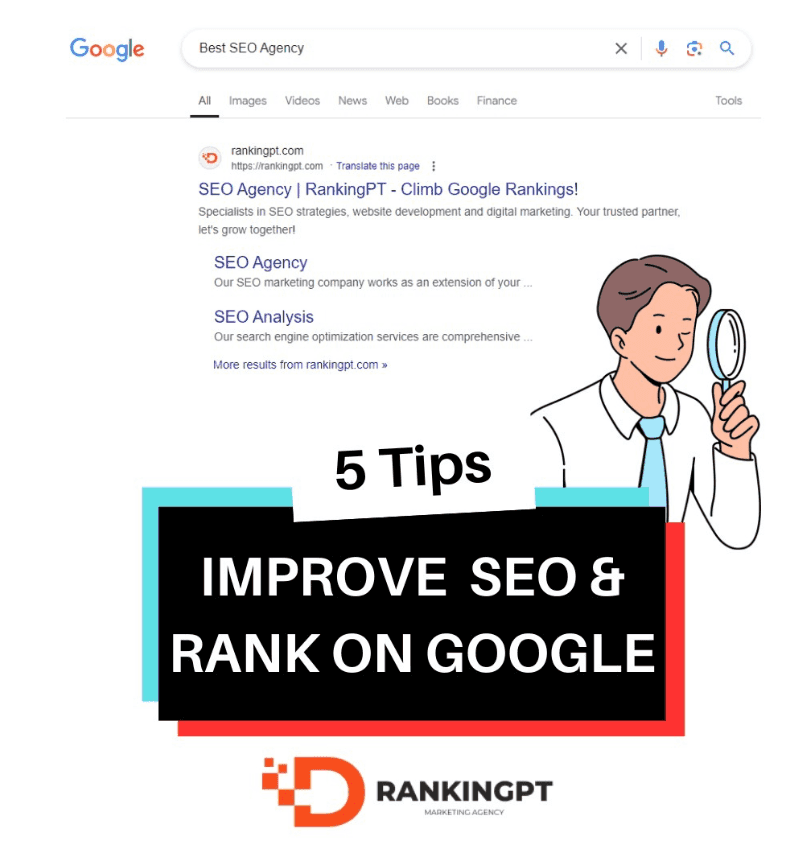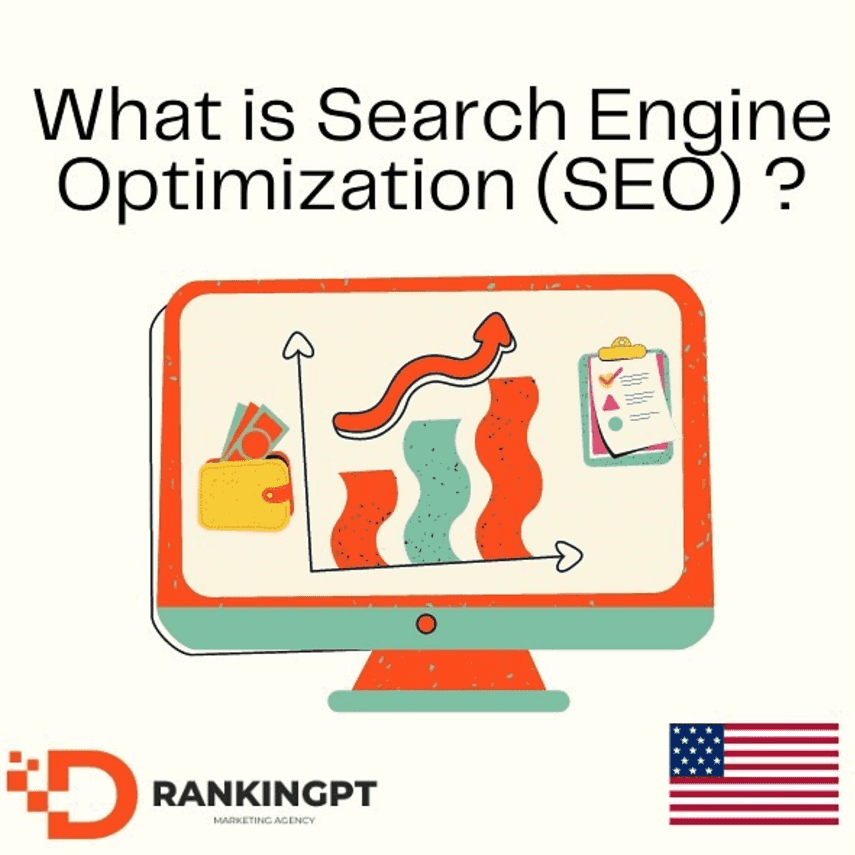How to Optimize for Google Lens and Boost Your SEO Strategy
Understanding Google Lens and Its Impact on SEO
Google Lens is revolutionizing the way users search for information by enabling visual searches instead of traditional text queries. This AI-powered image recognition tool allows users to scan objects, plants, landmarks, and even handwritten text to retrieve relevant search results. With more users adopting visual search, integrating Google Lens into your SEO strategy can significantly enhance your online visibility and improve traffic to your website.
Why Google Lens Matters for SEO
As Google continues to prioritize user experience, image search has become an essential component of modern SEO strategies. Here’s why optimizing for Google Lens can be a game-changer:
- Increased Traffic Acquisition: Users searching via images and objects can discover your content without entering a single word in the search bar.
- Enhanced Local SEO: Businesses can gain visibility when customers scan storefronts, menus, and product packaging.
- E-commerce Opportunities: Shoppers can easily find your products by scanning images and receiving purchase options directly from search results.
- Better User Experience: Google Lens allows users to quickly access relevant information without navigating through multiple pages.
How to Optimize Your Website for Google Lens
1. Optimize Image Alt Text
Image alt attributes help search engines understand the context of visuals. Use descriptive, keyword-rich alt text to improve the chances of your images appearing in Google Lens search results.
2. Use Descriptive File Names
Instead of generic names like “IMG123.jpg,” rename image files with descriptive, keyword-targeted names, such as “red-running-shoes-nike.jpg.” This makes it easier for search engines to index and rank your images accurately.
3. Improve Image Quality and Format
Google Lens favors high-resolution images with clear details. Use PNG, WebP, or JPEG formats to maintain quality while ensuring fast loading speeds. Compress images using tools like TinyPNG or ShortPixel to enhance site performance.
4. Implement Structured Data Markup
Using schema markup helps search engines better understand your content. Add structured data to images, products, and business listings to make them more searchable through Google Lens.
5. Optimize for Local SEO
Since Google Lens is widely used for location-based searches, ensure that your business listings on Google My Business are fully optimized with high-quality images, updated contact information, and relevant keywords.
6. Utilize Google My Business for Visual Search
Google Lens pulls a significant amount of local business information from Google My Business profiles. To improve your visibility:
- Upload high-quality images of your storefront, products, and services.
- Ensure your NAP (Name, Address, Phone) information is consistent.
- Collect and showcase customer reviews.
7. Leverage Social Media and User-Generated Content
Encourage customers to share images of your products or services online. Google Lens can pull images from social media platforms, so the more visual content associated with your brand, the better.
8. Focus on Mobile Optimization
Since Google Lens is primarily used on mobile devices, ensure your website is mobile-friendly. Use responsive design, fast-loading pages, and intuitive navigation to create a seamless mobile experience.
9. Track Image Performance with Google Search Console
Monitor how well your images perform in search results using Google Search Console. This tool provides insights into impressions, clicks, and keyword rankings for visual content.
10. Stay Updated with Visual Search Trends
Google is constantly evolving its search algorithms. Keep an eye on emerging trends in visual search and AI to stay ahead of competitors and adjust your SEO strategy accordingly.
Final Thoughts
Visual search is reshaping the way users interact with online content, making Google Lens an essential tool for modern SEO strategies. By optimizing your website’s images, improving local SEO, and leveraging structured data, you can enhance your search visibility and attract more organic traffic. Implement these best practices today to future-proof your SEO strategy and gain a competitive edge in the digital space.





